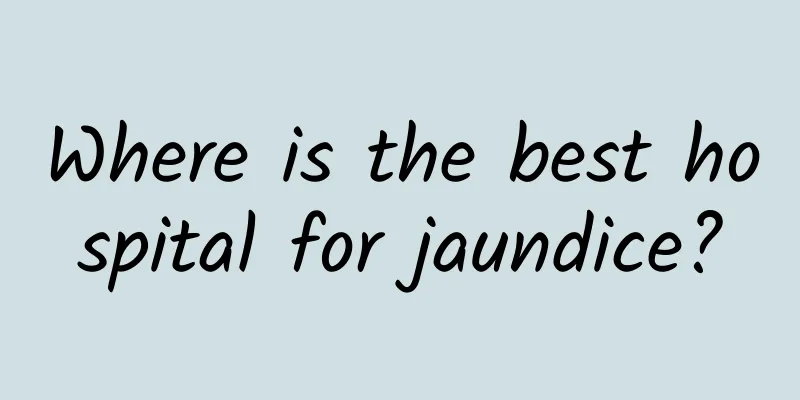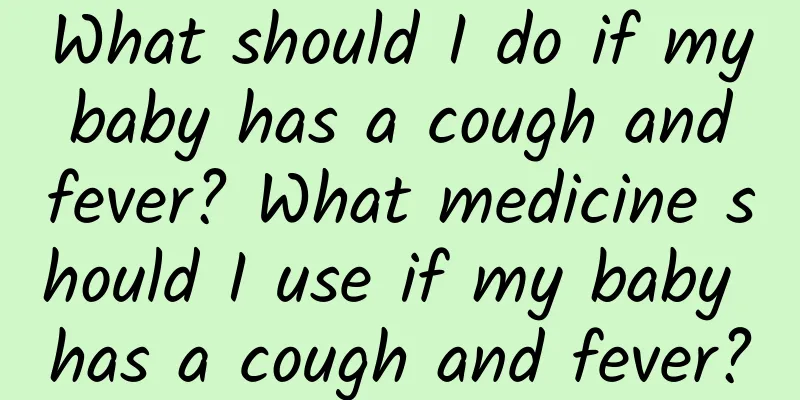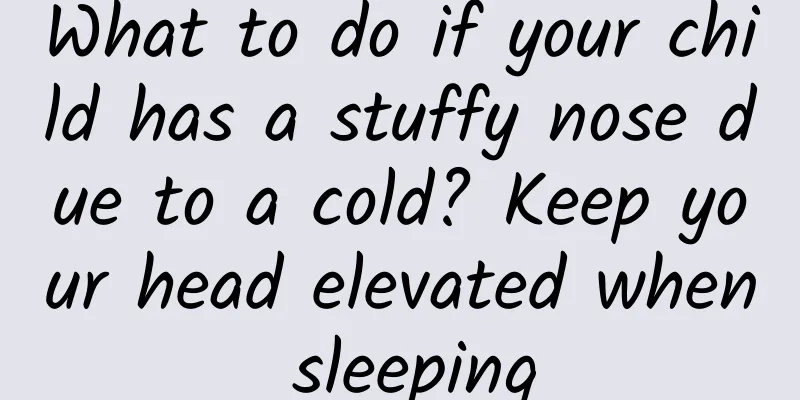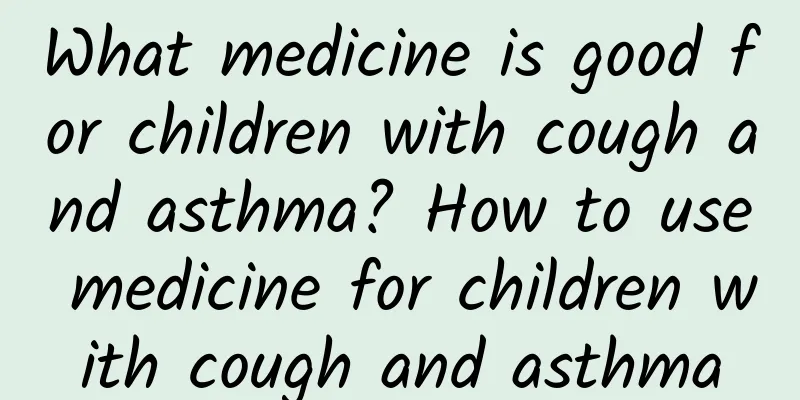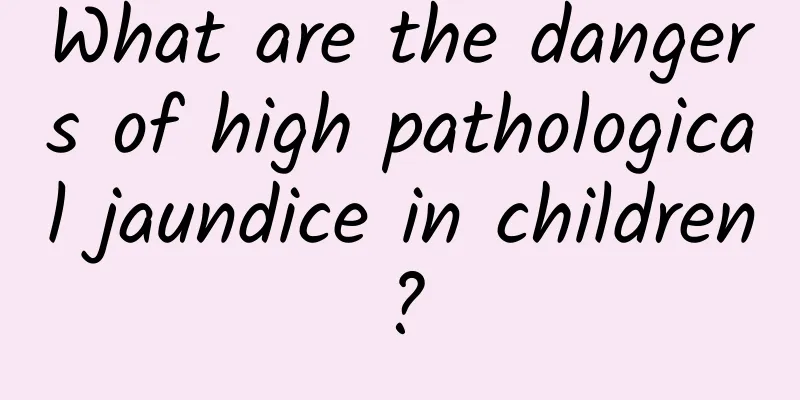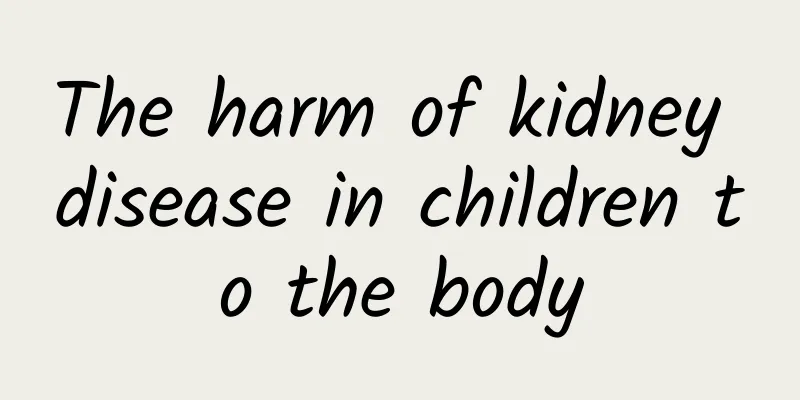Several common neonatal pathological jaundice

|
Pathological jaundice breast milk This is a special type of pathological jaundice, characterized by: after the peak of physiological jaundice, the degree continues to deepen, and the bilirubin reaches 10~30mg/dl. If breastfeeding is stopped in time, the jaundice will weaken in about 2~4 days and disappear completely in 6~10 days. Pathological jaundice Infectious Most of them are intrauterine infections, mainly caused by viral or bacterial infections that damage liver cell function. The most common viral infections are cytomegalovirus and hepatitis B virus infections, and the most common bacterial infections are sepsis. Its characteristic is that jaundice persists or persists after disappearing. Pathological jaundice obstructive Obstructive jaundice is mostly caused by congenital biliary malformations, with congenital biliary atresia being the most common. It is characterized by appearing 1 to 2 weeks or 3 to 4 weeks after birth and gradually worsening in severity. The color of the stool gradually changes from normal to light yellow or even white clay. Pathological icterus hemolytic The most common cause of hemolytic jaundice is ABO hemolysis, but not all newborns with ABO blood type incompatibility will experience hemolysis. Its characteristic is that jaundice appears within 24 hours after birth and gradually worsens. The difference between physiological and pathological jaundice in childrenPhysiological jaundice Regarding the face and upper body, the baby is in good physical condition with normal body temperature, normal appetite, normal urination and defecation, and normal growth and development. It usually appears 2 to 3 days after birth and gradually worsens, reaching a peak on the 4th to 6th day. Starting from the second week, jaundice gradually subsides, and serum bilirubin tests show that it exceeds the normal 2 mg/dl, but is less than 12 mg/dl. For full-term newborns, jaundice usually disappears after 2 weeks of birth, and for premature babies, jaundice usually disappears after 3 weeks of birth. Pathological jaundice Jaundice caused by disease is often difficult for new parents to distinguish because of its similar external manifestations to physiological jaundice: Jaundice occurs too early: within 24 hours after birth in full-term infants and within 48 hours after birth in premature infants. Severe jaundice: often affects the whole body, and the skin and mucous membranes are obviously yellow. When checking serum bilirubin, bilirubin exceeds 12mg/dl, rises by more than 5mg/dl per day, or is accompanied by other clinical symptoms. Jaundice disappears too late: it lasts too long, exceeding the disappearance time of physiological jaundice, or it disappears and then reappears, or it worsens again after gradually subsiding from the peak time. When your baby is found to have jaundice, parents should observe carefully, distinguish the difference between physiological jaundice and pathological jaundice, and seek medical attention in time to avoid delaying the disease. |
<<: How to treat constitutional jaundice
>>: Is infectious jaundice serious? Can hemolytic jaundice be cured?
Recommend
What to do if your child coughs
Young children are prone to coughing because of t...
How is Kawasaki disease diagnosed?
Many people may not know much about Kawasaki dise...
How much does a routine ADHD checkup cost?
ADHD is a common childhood disease that causes pr...
What medicine can children take for cough
What is gray matter? Children with cough can take...
What tests are done to diagnose Kawasaki disease?
What tests should be done to confirm Kawasaki dis...
How to treat a child with a severe cough How to treat a child with a severe cough
The temperature fluctuates when the seasons chang...
What medicine is better for children with cough and sputum? What are the possible causes of children's cough and sputum?
Coughing and sputum in children is a very common ...
What should I do if my eight-month-old baby has water in his stool?
If your baby has watery stools in the fall, it is...
What are the causes of diarrhea in children?
The causes of pediatric diarrhea may include infe...
How to care for children with pneumonia? What are the symptoms of pneumonia in children?
Pneumonia in children is a common disease. It is ...
What is the oral liquid for treating lung heat, cough and asthma in children? What are the effects and functions of the oral liquid for treating lung heat, cough and asthma in children?
The Children's Lung Heat Cough Oral Liquid is...
Is hand, foot and mouth disease contagious to adults?
Hand, foot and mouth disease can indeed be transm...
The main symptoms of polio
We all know the harm of polio. This disease bring...
Physical examination method for poliomyelitis
Polio is a common childhood disease. Most patient...
What Chinese medicine can cure patent ductus arteriosus quickly?
What Chinese medicine can cure patent ductus arte...

